Each August, the South West Astronomy Fair is held at the Norman Lockyer Observatory near Sidmouth, Devon. I have wanted to visit for years, but family or work commitments get in the way. This time the date was inked in my diary months in advance and, by coincidence, it was also the date of our annual club Star BQ scheduled for the Perseid meteors.
Travelling to the west country on a Saturday in summer holidays is a traffic nightmare so it was an early start to miss the queues struggling past Stonehenge on the A303. After a lovely breakfast in Honiton we arrived at the NLO overlooking the coast just after they opened.
Thankfully, the preceding day’s heavy storm had already passed leaving a blustery, cloudy day that, while warm, threatened showers. The hosts reported that they were simply pleased to be open and still see the marquee in their own field!
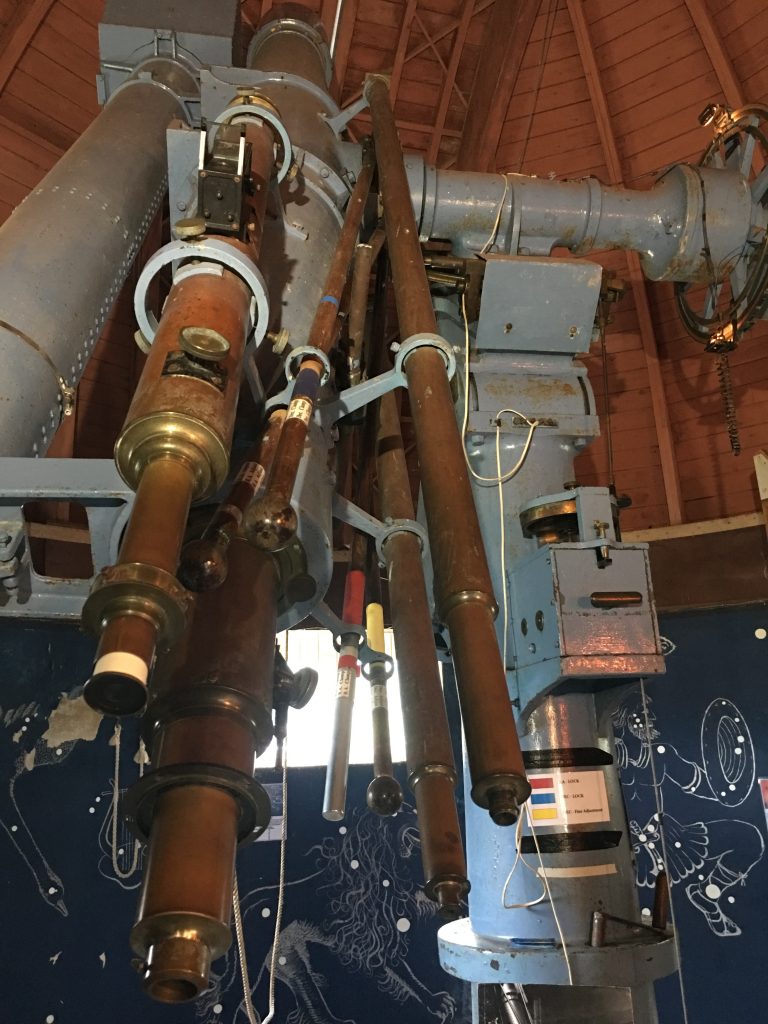
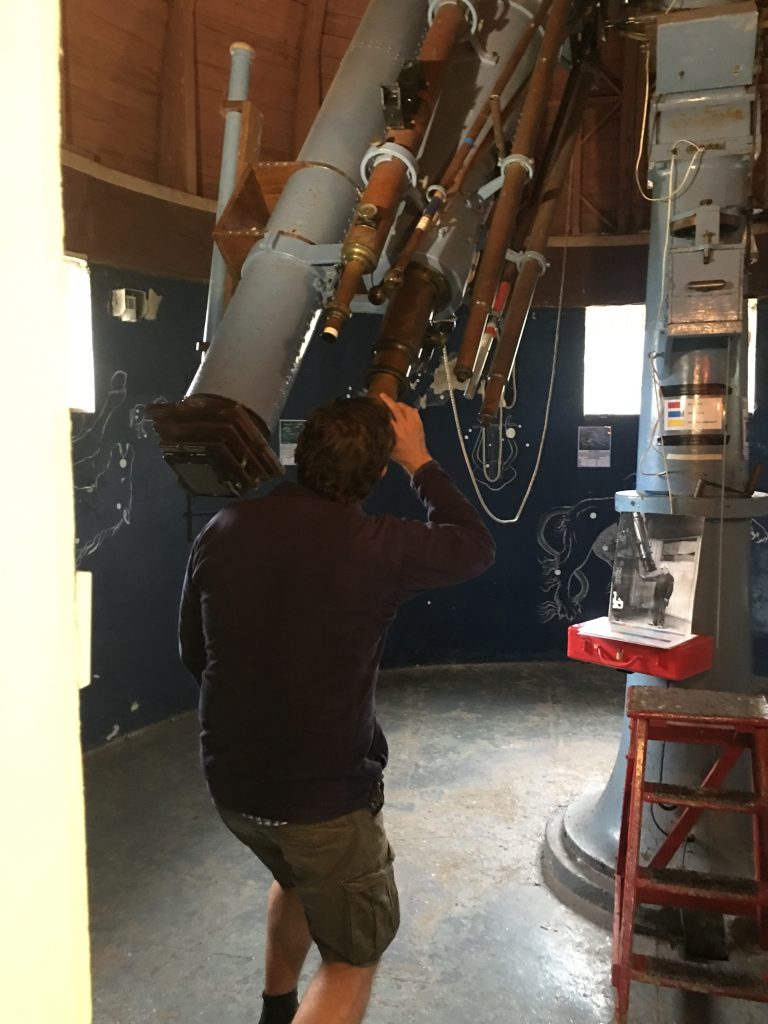
The observatory domes house a variety of classic telescopes, with clockwork drives. The only electricity in several domes is for the lights! Interesting to think that my C11 is actually a bigger scope than this classic refractor – I don’t think I would take it up to Salisbury Plain for new moon observing! Note the constellations painted on the walls – an idea for my own observatory.
There were planetarium shows throughout the day so we could see what the sky looked like if there hadn’t been a storm.
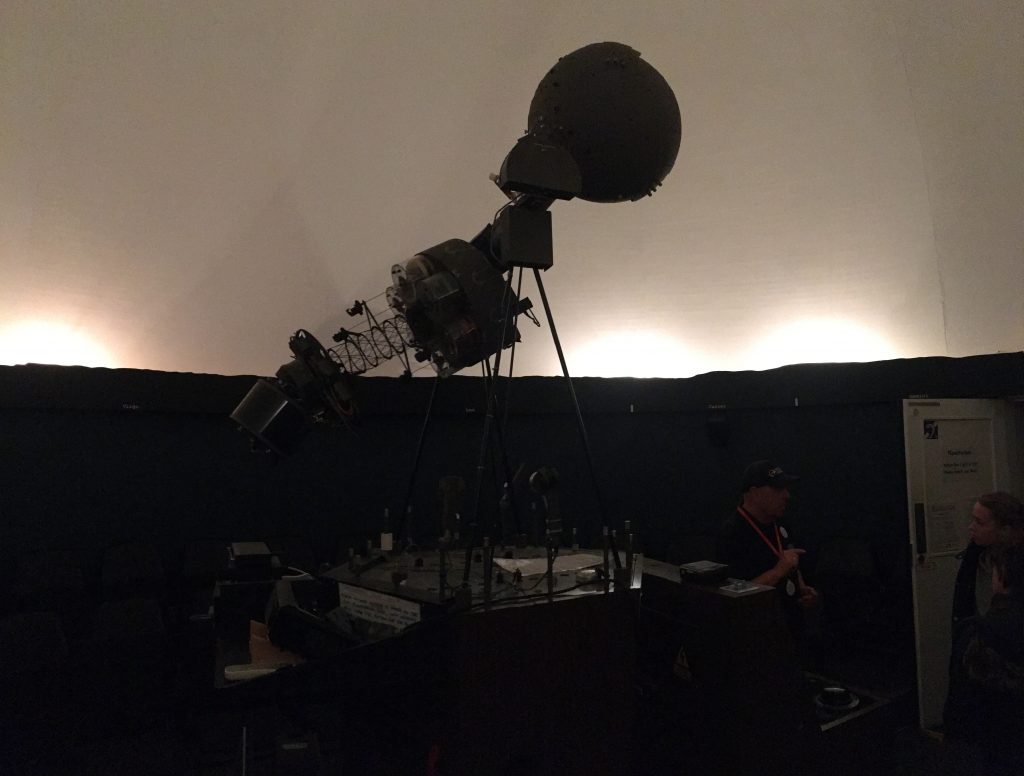
I found this 19th century telescope fascinating. It has slow motion controls but the whole mount rotates on wheels to view different sectors of the sky.
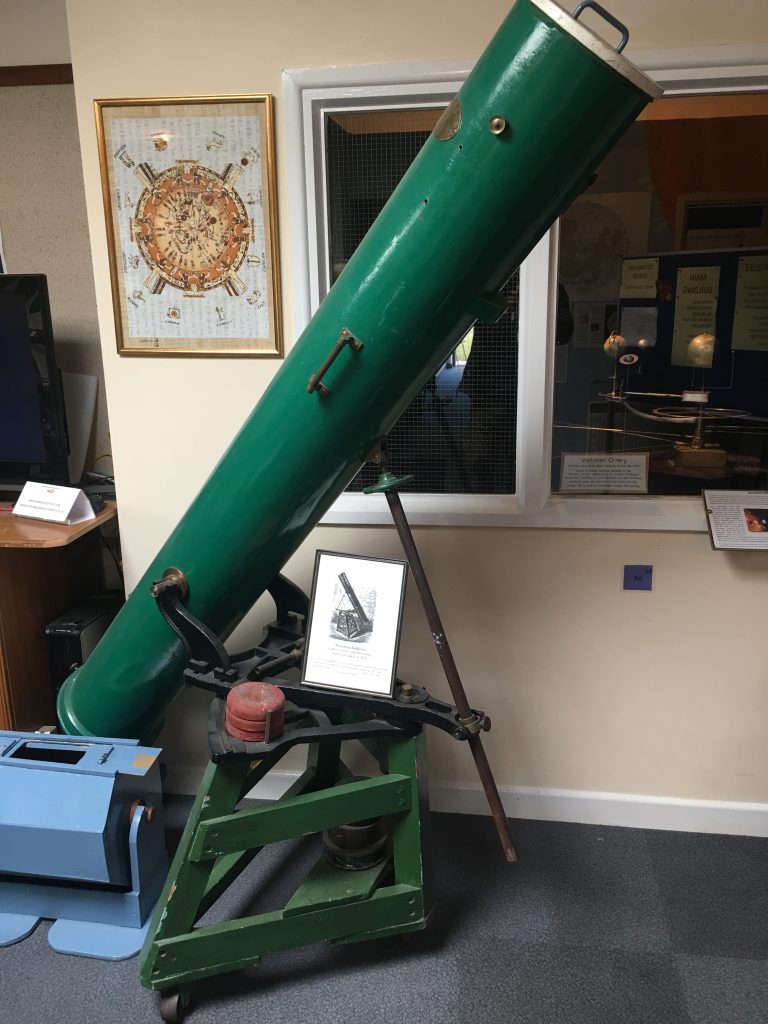
Then it was time to browse the trade stands, see the meteorites (including getting 1 of Vesta) before watching the volunteers launch Alka-Seltzer rockets – great fun.
The kids had a great time at the observatory. There was a quiz about Norman Lockyer and the observatory – they had to find the answers on plaques and signs around the site. We learned that Norman Lockyer was a Victorian astronomer who discovered helium on the sun, founded the journal Nature and carried out astronomical and archaeological research.
After lunch in the grounds we then went next door to the donkey sanctuary – although there are only so many donkeys in a paddock one can see before they start looking the same!
Then it was a couple of hours drive to get back in time to head up to Andover for the society Star BQ. This is our annual event to restart the observing year.
Like always, the barbecue was excellent, but the clouds alas never really cleared. That being said the views of Jupiter, Saturn and the near-full moon through the intermittent gaps were excellent. I had my canon binoculars on a camera tripod and enjoyed showing partners/friends that Jupiter’s moons are visible through binoculars and can be tracked from night to night.
Our chairman, Brian also brought his image intensifier hooked to a monitor so we also saw the gas clouds around gamma Cygni, the Veil Nebula and the North American nebula. Not bad for a cloudy night! No Perseids though – obviously not helped by the clouds and bright moon.
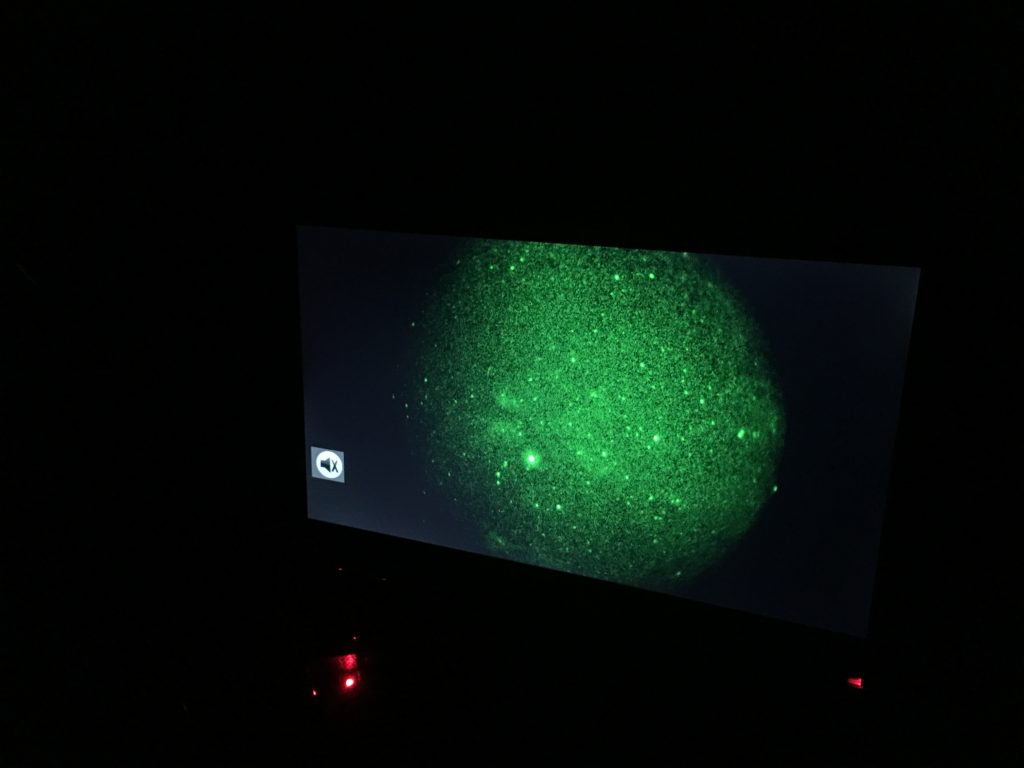
One friend, Jenny was desperate to see a Perseid. Terry and I pretended to see a bright meteor by shouting and pointing behind her. She only realised we were pulling her leg as we started laughing!
As the clouds never really cleared we packed up 2330 and I headed home to collapse into bed. A Great Astronomy Day now the new observing season is underway.